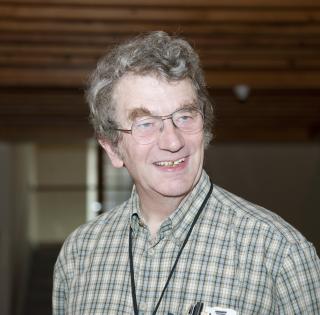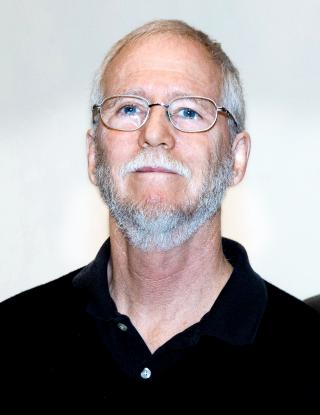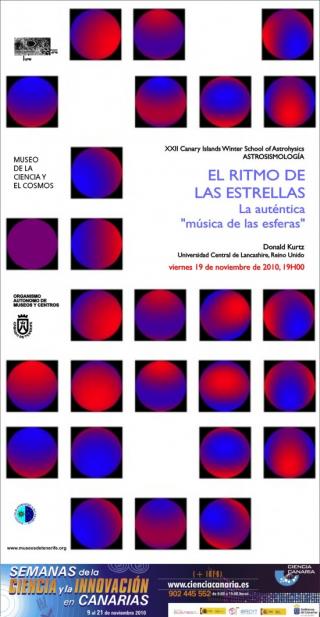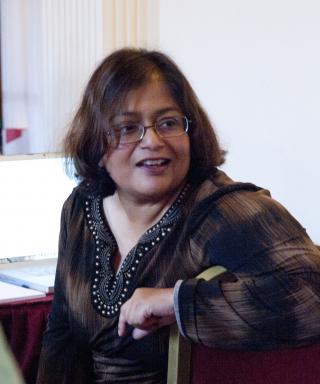
Thierry Appourchaux is a mathematician by training and an expert in statistics. His experience in instrumentation and data analysis in Helio- and Asteroseismology is outstanding: he heads the group dedicated to data analysis for the CoRoT (COnvection ROtation and planetary Transits) mission and the group studying the characterization of the acoustic modes of solar-type stars for the Kepler mission. He also leads the Asteroseismology analysis team within the PLATO (PLAnetary Transits and Oscillations of stars) consortium.A specialist in the characterization of the acoustic modes of the Sun
Advertised on




